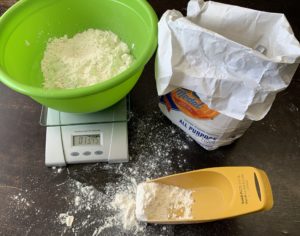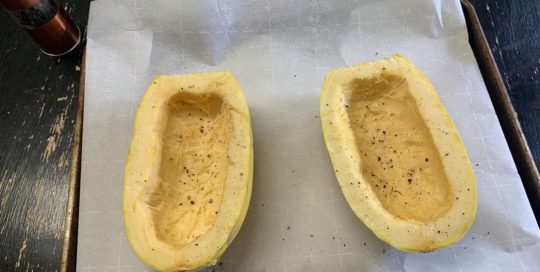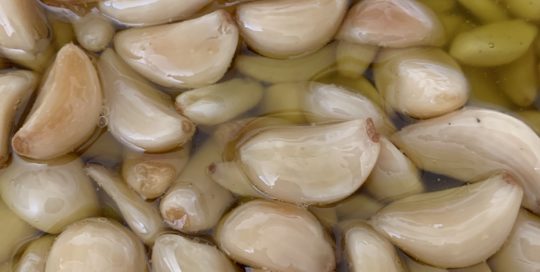Kitchen Scales: Are they worth it?
Views: 313

Are kitchen scales worth it?
A kitchen scale can be varying degrees of “worth it” for home cooks of almost any interest. As someone with a plethora of culinary interests, the answer is a resounding “yes” — especially for holiday baking.
Kitchen scales can be fantastic tools, allowing for more precise measurements, easier clean-up, and an easier time in the kitchen.
While there are pros and cons to using a scale instead of volume measurements, I find that ease of process and consistency of the finished product make the “cons” totally worth it.
The pros
It’s pretty common for a baking recipe to use flour — but measuring flour can be a tricky business.
If you simply scoop up a bunch of flour, it will be much more compact than if you spoon small amounts into a measuring cup and level it off. The spoon-method allows air to be incorporated into the measurement, the scoop-method does not. Scooping flour can give you up to 150% more flour! If it isn’t specified, assume a volume-based recipe uses the spoon-method.
Thus, measuring flour is on my list of Top 5 Things I Detest in Baking (along with making buttercream, which also involves measuring powdery stuff). Scooping small amounts of flour into the measuring cup with a spoon, fluffing it up, scraping it off, hoping that I didn’t miss a massive air pocket or a densely-packed spoonful…what a headache. There’s flour everywhere no matter what I do. I think measuring would work better if I had a better storage set-up for my flours, but, I digress.
When using a kitchen scale, I can scoop the flour straight from the storage bucket into the bowl on the scale. No fluffing, no scraping, less mess. Sifting is easier, too (I will address that in a minute in its own section).
The cons
It does take a minute to adjust my recipes from volume-measures to weight-measures, which sometimes isn’t worth it (especially for a one-off recipe I’m not sure I’ll keep around). But for standard formulas and returning favorites, weighing the baking ingredients is absolutely the way to go.
Recipe adjusting
To adjust your favorite baking recipe for a scale instead of volume measurements, simply measure, then weigh, each ingredient before beginning mixing the recipe. Write it down. Do this a few times to make sure you get a good average — don’t be surprised if the weights, especially for flour, are slightly different each time.
Google is also a great resource to double-check your numbers. King Arthur flour (never used a King Arthur flour that I didn’t like!) has a great conversion chart for volumes, ounces, and gram measurements for common ingredients.
I would use both the chart and your own measurements on your favorite recipes to get a feel for your adjusted, weight-based formulas.
What kitchen scale is best?
Honestly, the answer is “one that works for you.”
Many people look for features such as measuring different units (in the states, you may want a scale that measures both US and metric, for example). If you frequently make large batches of baked goods, a high-capacity scale will be ideal. If you are doing more small-scale baking, a mid-range or standard kitchen scale ought to do the trick (many go up to 11 pounds).
Consider the size of the bowls you will be using to hold your ingredients, as well. If you will be using a large mixing bowl, a compact scale may not do what you need — try a scale with a wider platform.
A note about sifting
Some volume-based recipes call for “x amount of sifted flour” and others call for “x amount of flour, sifted.” In the first recipe, you would sift the flour first, then measure it. In the latter, you measure the flour first, then sift it. This order can actually make a big difference in the amount of flour in the finished recipe because sifting affects how densely the flour is packed together. Weight-based recipes avoid the issue entirely. You can just weigh the flour out, then sift it over a large piece of parchment paper and you are ready to go.
Meet Sabina Säfsten
Sabina brings her love of garden-to-table cooking wherever she goes. She has cooked in restaurants, bakeshops, ice cream parlors, and catering kitchens, from prep cook…
Sabina's Recent Posts

Roasted Spaghetti Squash Bowls






